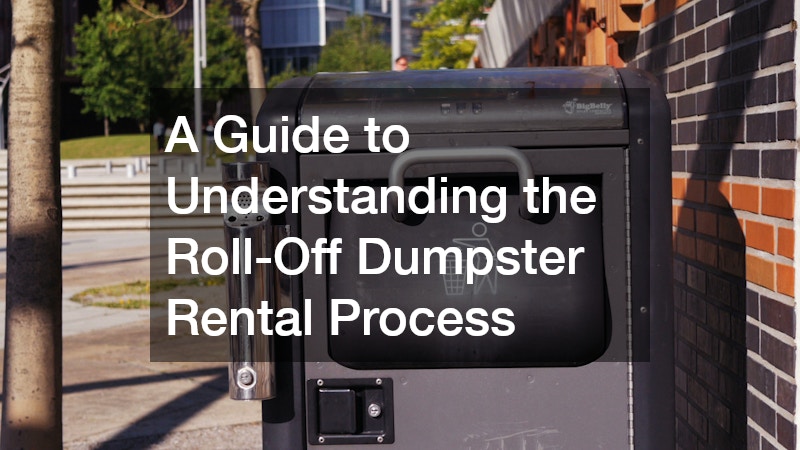Explore the most frequently asked questions about water restoration, with answers from your local water restoration company.
What Are the Signs of Damage?
Identifying issues early can prevent more extensive damage. Common signs include water stains on walls and ceilings, which can indicate leaks or flooding that have occurred.
Musty odors are also a key signal; they often suggest mold growth due to prolonged moisture. Additionally, an increase in your water bill without a clear explanation can be a strong indicator that water is escaping from your plumbing or that there’s an undetected leak within your home.
Another significant warning sign is the presence of mold or mildew, which thrives in damp environments and can pose serious health risks. Homeowners should take note of any moisture in areas that are typically dry, such as basements and crawl spaces. If you observe peeling paint or wallpaper, this can often be an indication of moisture build-up behind the surfaces, necessitating immediate action to address the underlying issues.
Moreover, consider the functionality of your appliances; appliances that connect to the water supply, like dishwashers and washing machines, should be regularly inspected for malfunctions or leaks. If you discover pooling water around these appliances, it’s time to seek professional help. Lastly, if after a heavy rain you notice water pooling around your home’s foundation, this may indicate insufficient drainage or grading, which can lead to significant water damage over time.
How Long Does the Process Take?
The duration of the water restoration process can vary based on several factors, such as the extent of the damage and the size of the affected area. Generally, the initial assessment and extraction can take anywhere from a few hours to a day, depending on how saturated the environment is. Following this, drying can take an additional few days, especially if it involves removing and replacing flooring or drywall.
Another key factor is the method of drying used; advanced techniques, like using industrial dehumidifiers and air movers, can expedite the drying time significantly. On the contrary, if mold is detected, additional time will be required for remediation, which can complicate the restoration timeline. It’s essential to communicate with your restoration company to gain an updated timeline based on your specific situation.
Finally, the final steps of restoration, which may include repairs and renovations, can take longer, especially if materials need to be ordered or custom-fit. Homeowners should be prepared for some disruption during this time, but clear communication with the restoration team will help ensure that the process runs as smoothly as possible, minimizing the overall time needed to return your home to its pre-damage condition.
What Methods Do Restoration Companies Use?
Water restoration companies utilize various techniques, including water extraction, which is the first critical step in the process. High-powered pumps and vacuums are designed to remove standing water from the premises rapidly. This is followed by the drying phase, where specialized equipment like dehumidifiers and air movers is deployed to eliminate moisture from air and structural materials.
Sanitizing surfaces is another key component of water restoration. This step is vital because standing water can lead to a breeding ground for bacteria and mold. Restoration professionals use industrial-grade disinfectants and antimicrobials to treat affected areas, ensuring that any harmful pathogens are eliminated. This not only aids in recovery but also prevents potential health issues down the line.
Additionally, water restoration companies often employ thermal imaging technology to detect hidden pockets of moisture that may not be visible to the naked eye. This ensures that every affected area is thoroughly treated, reducing the risk of mold growth and further damage. Monitoring moisture levels throughout the restoration process is also crucial, helping to ensure that everything has been returned to a safe and dry condition before finalizing the restoration effort.
How Can Future Damage Be Prevented?
There are several proactive measures homeowners can take to prevent water damage, such as regular maintenance of roofs, gutters, and downspouts. Ensuring that roofing materials are in good condition can prevent leaks during rain. Clean out gutters to ensure proper flow and prevent overflow that may damage the facade and foundation of your home.
Installing sump pumps in basements or crawl spaces can be a wise investment, especially in areas prone to heavy rainfall or flooding. These devices can automatically pump out any water that accumulates, acting as a first line of defense against water damage. Moreover, utilizing backflow valves can also prevent city sewage from entering your home during heavy rainstorms.
Lastly, consider engaging a professional for plumbing inspections regularly to catch potential leaks before they become significant issues. This foresight in home maintenance will not only save you money in repairs but will also give you peace of mind knowing that your home is less vulnerable to water-related problems.
Water restoration is a critical service that can save homeowners from extensive damage. By understanding the key questions and answers around water restoration, you can better prepare for and respond to water-related emergencies. You will also empower yourself to take proactive steps in maintaining your property, ensuring a more secure environment for you and your family.




